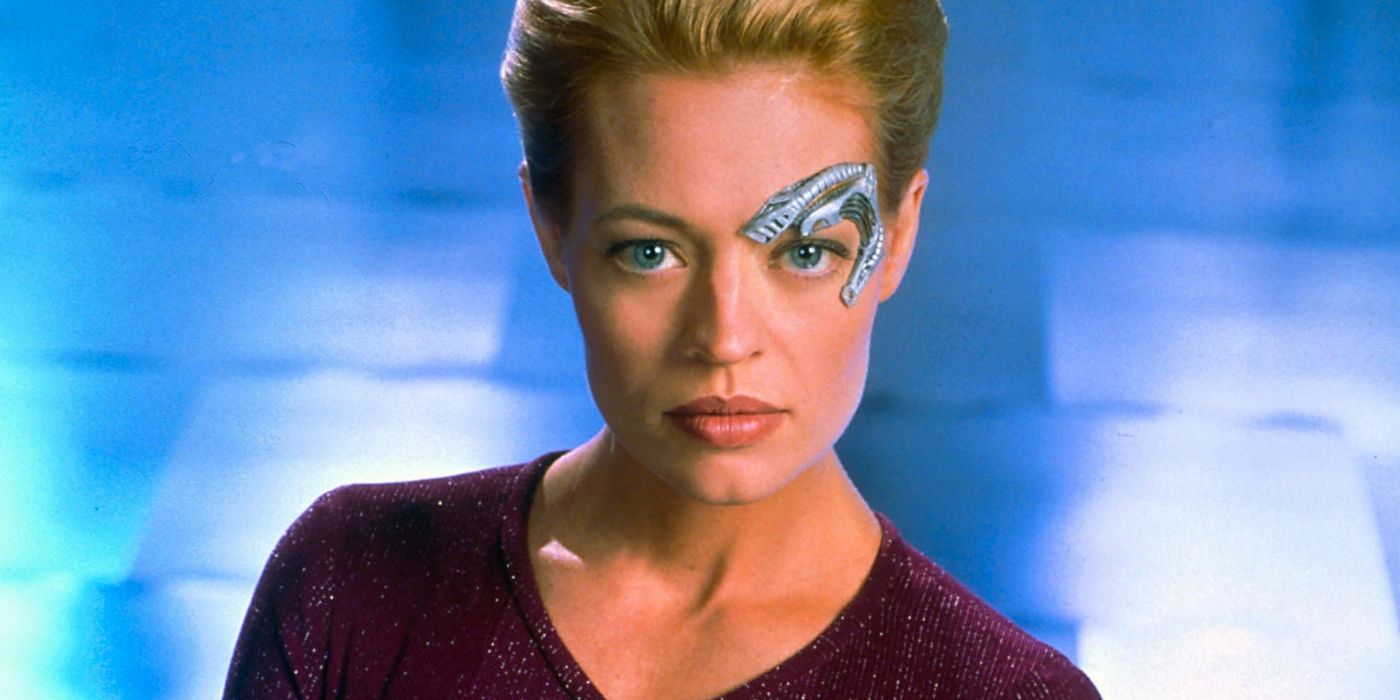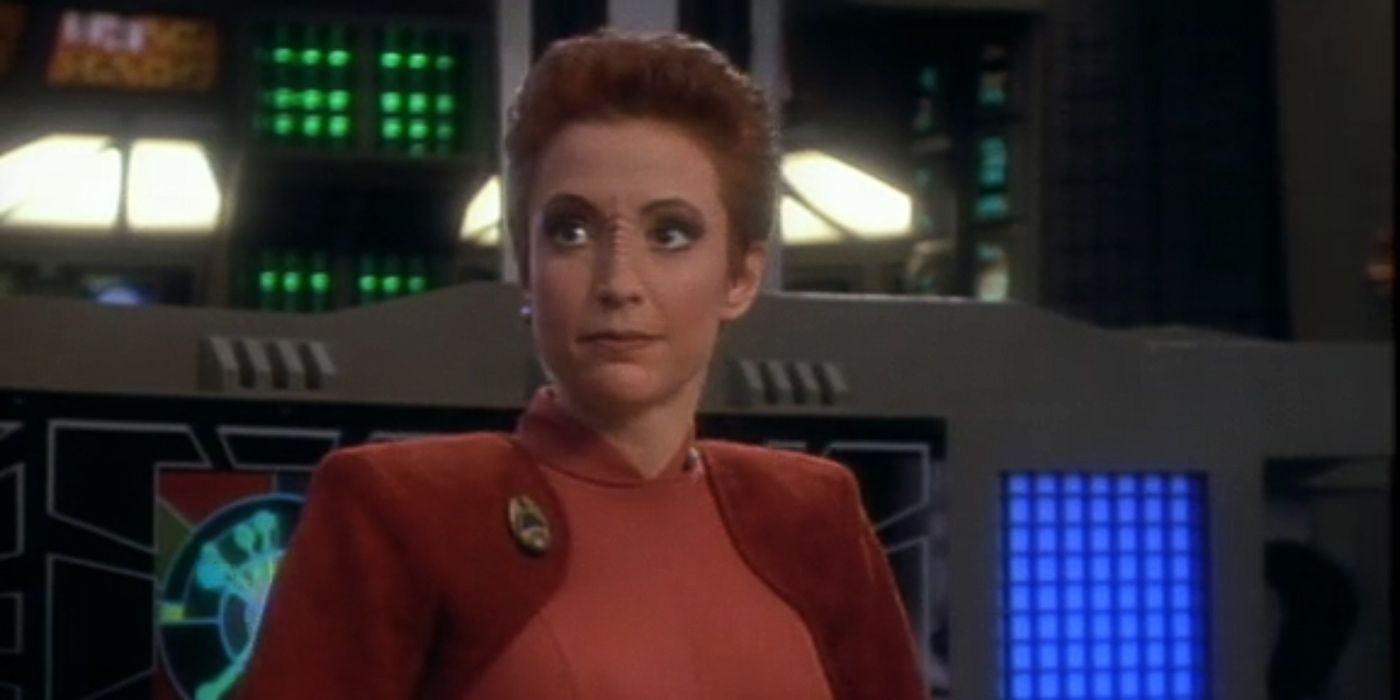Fans of the original Star Trek series, Star Trek: The Next Generation and Star Trek: Enterprise can, if they so choose, partake of their favorite Trek adventures in glorious high-definition with upgraded special effects via Blu-ray box set. However, if you're a fan of Star Trek: Deep Space Nine or Star: Trek Voyager, the best you can do is watch the shows in less-than-high-definition quality via DVD or streaming.
DS9 and Voyager fans have been wondering for quite some time when these shows will be given their own incredible-looking Blu-ray editions. Unfortunately, it appears those editions will never be coming. And the reason is actually quite fascinating.
In an interview with Treknews.net (via /Film), DVD special features producer and all-around Trek maven Robert Meyer Burnett offered up short and long answers for why DS9 and Voyager will almost certainly never get Blu-ray releases like the other Trek series. The short answer is "it takes way too much time and money to remaster DS9 and Voyager into HD." The long answer gives greater insight into how the original Trek shows were made, and how much effort it actually takes to remaster old shows like Next Generation. As Burnett explains, TV shows used to be shot on 35mm film and cut before being scanned down to NTSC quality for broadcast. Then things changed:
Here’s where it gets both interesting and maddening. In the mid-1980s, the advent of cheaper and cheaper computing technology allowed video post-production to grow more and more sophisticated. Now, a new post-production methodology, once existing only for shows originating on videotape, like soap operas and talk shows, could now be applied to shows shot originally on film. A program could be shot on 35mm film, but instead of editing on film and then cutting negative, the original 35mm material footage would instead be scanned to videotape — at NTSC resolution, and the rest of the post-production process, editing, mixing, etc., would then be completed on tape, at a reduced cost. However, NO FILM NEGATIVE WAS CUT, so the final product would only exist on videotape, at NTSC’s greatly reduced video resolution and color. True blacks, stable reds and rich blues simply didn’t exist on videotape. Those shows originally shot on 35mm, with a 20 megapixel resolution, were never to be seen again if finished on tape.
So we now see the problem. Because of the production methods employed in the days before high-definition, remastering those shows requires going back to the original uncut 35mm negative and actually going through the entire post-production process - cutting, color timing, visual effects - before making the high-def master. This was done with Star Trek: The Next Generation, resulting in the wondrous Blu-ray edition of the show. However, with fewer people buying physical media nowadays, there is little economic incentive to go through the whole arduous process of assembling and mastering DS9 and Voyager in high-def.
Perhaps at some date in the future - when transporters, warp drives and replicators are real things - it will be feasible from a money standpoint to dig up the 35mm negatives of DS9 and Voyager, cut them together and put them out on Blu-ray. By then of course, Blu-ray will likely be a very quaint technology, like videotape itself.
Though fans of Star Trek: Voyager and Star Trek: Deep Space Nine likely will never get to see their favorite shows in high-def, at least they can still enjoy them at DVD quality, which is something at least. Even if the shows don't look great, they still feature strong writing, excellent acting and more-than-enough thought-provoking Trek-ness to satisfy fans.
Next: Star Trek: Discovery Video Confirms Start of Filming
Source: Treknews.net [via /Film]


